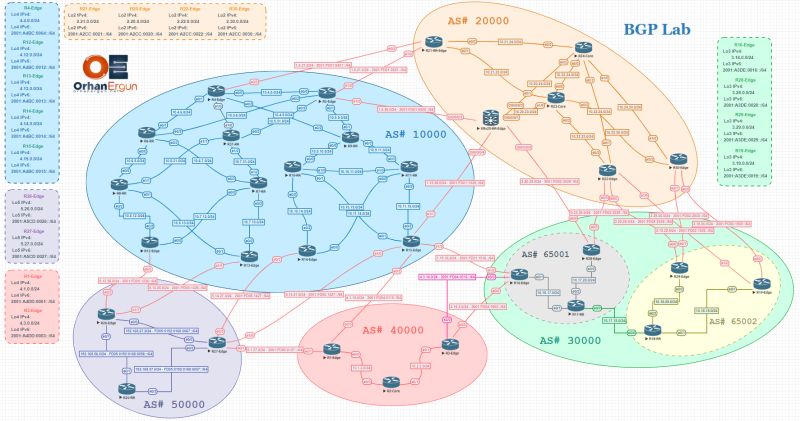BGP Flowspec vs. Traditional ACLs: Which is Better for Traffic Management?
September 7, 2024
10 min read
Mike Schule
Related Courses
Enhance your knowledge with these recommended courses

BGP Training
Most comprehensive Border Gateway Protocol, BGP Tutorial. BGP Course about BGP Protocol, with 35 hours of BGP Design, BGP Theory, and BGP Labs Best Online BGP Video Training by Orhan Ergun.
$59
View CourseBecome an Instructor
Share your knowledge and expertise. Join our community of instructors and help others learn.
Apply Now
About the Author
Mike Schule
Hi I'm Mike, I've been working for 7 years as a Network Engineer. I'm trying to reach readers who interested in this industry through my blogs.
Share this Article
Subscribe for Exclusive Deals & Promotions
Stay informed about special discounts, limited-time offers, and promotional campaigns. Be the first to know when we launch new deals!